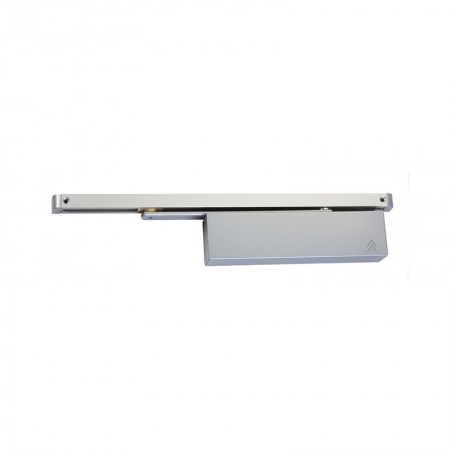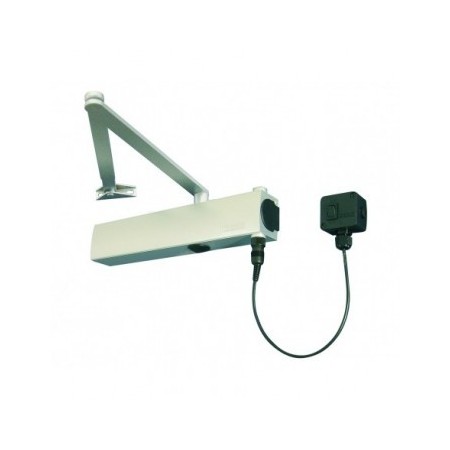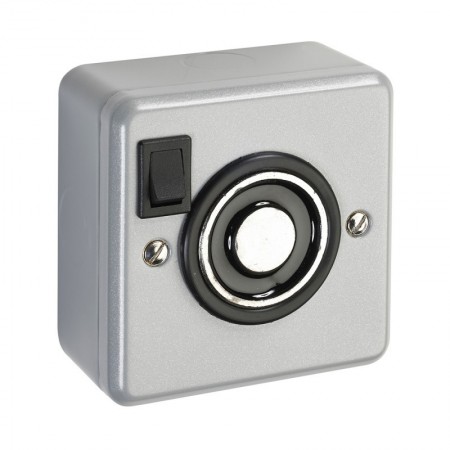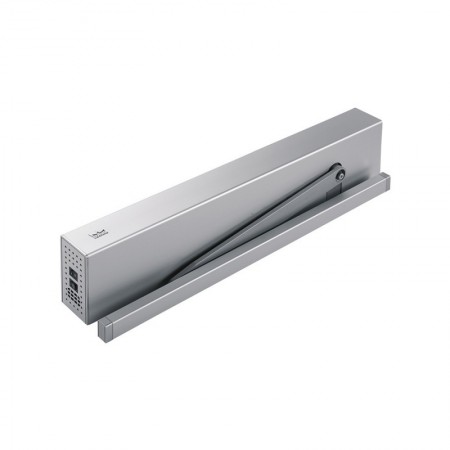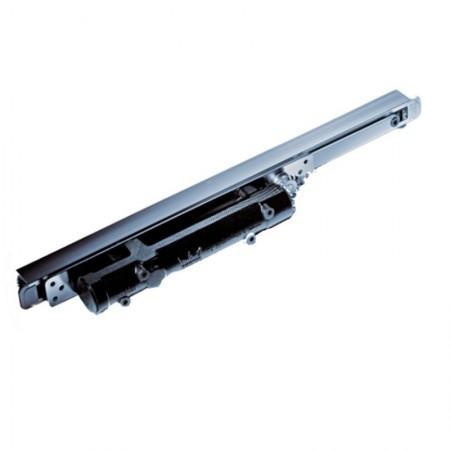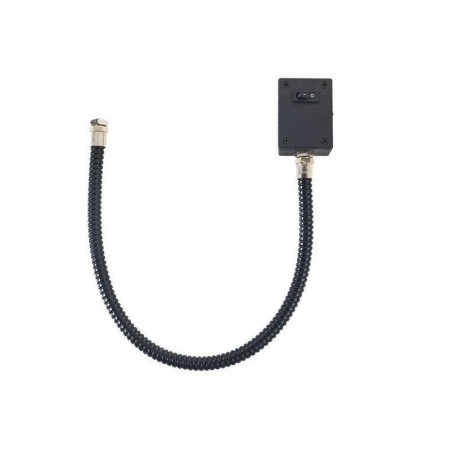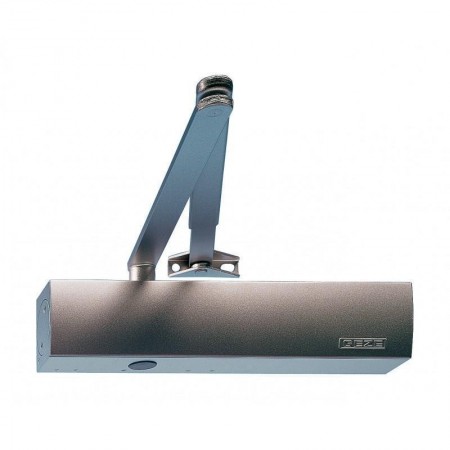Door Closers
Door Closers for Every Door - Overhead, Concealed, & Automatic
We offer a selection of door closers from leading manufacturers such as GEZE, dormakaba, Briton, and Arrow. Closers are available to suit all budgets and situations including both manual and automatic doors as well as electromagnetic hold open and swing free applications. The range is complemented with concealed door closers from Perko for use in situations where a clean, aesthetically pleasing finish to the door is required.
Door Closer Building Regulations:
Approved Doc M and BS8300: Relates to accessibility and the code of practice in the design of buildings to meet the needs of disabled people. Swing free door closers with adjustable power sizes can help with ease of access throughout a building and will often be specified on new building projects.
Part B: To do with fire safety – electromagnetic door closers and holders are Part B compliant.
We try to ensure that choosing the right door closer for you is as easy as possible and simplify technical terminology so that you know what you’re purchasing. If you are in any doubt and would like assistance with your choice, please contact the sales team on 01305 263300 or email [email protected]
Door Closer Functions:
Backcheck – Is the cushioning effect you feel when the door is swung open and is prevented from slamming into the wall behind it. It’s a useful feature to ensure that door hardware and the door itself are given a certain level of protection from misuse. Closers with backcheck are also referred to as soft door closers.
Delayed Action/Delayed Close – In simple terms, this means the length of time it takes for the door to close after being opened. It’s often a desirable feature for Care Homes or areas where it may take people a little more time to get through the door unharmed. This function could also be referred to as a door soft closer.
Power Size – This is either fixed at a set number or variable (adjustable). The power size required is determined by the door weight and width. (See Power Size Table below).
Closing Speed – This is the adjustment for the general speed of the door closing. Installers often make the mistake of adjusting this to close the door when first installing a closer, the Power Size should always be adjusted first.
Latching Action – This is adjustable and refers to the final few degrees of closing. This is beneficial to overcome any issues with the latch or seal on a door.
Mechanical Hold Open – A Hold Open Arm can be used on door closers to achieve a rigid hold open function, however these must never be used on Fire Doors.
Hold Open – Electromagnetic Hold Open: Ideal for use on Fire Doors; the Hold Open function means that the door is held open permanently at a fixed angle (unless released by the fire alarm activation). Usually this function is provided in the cam being used, the arm itself or a mechanism inside the slide channel.
Electromagnetic Free Swing – This function means that the door with the electromagnetic closer will act like a door that doesn’t have any closer on it. It means that the door will stay open at whatever angle it is left at but will close in the event of a fire. It’s a particularly good feature to use on Care Home Bedroom Doors when hold open function would cause privacy issues and it meets the barrier-free needs of less-able users.
Door Closer EN Power Size Chart:
|
EN Power Size |
Max. Door Weight (kg) |
Max. Door Width (mm) |
|
1 |
20 |
750 |
|
2 |
40 |
850 |
|
3 |
60 |
950 |
|
4 |
80 |
1100 |
|
5 |
100 |
1250 |
|
6 |
120 |
1400 |
|
7 |
160 |
1600 |
The above guide is just a guide, based on optimal testing conditions and does not take into consideration any site variables such as the following:
- How accurately the closer has been installed – including measurements and general setup
- How accurately the door itself has been installed.
- Any friction in the hinges
- Air Pressure around the door, including draughts.
As well as the above, when making a decision on what type of door closer you require, it is a good idea to think about the following:
- Minimum door thicknesses – does the closer you’re looking at require a minimum door thickness? This is particularly important when taking into account concealed closers as they are often morticed into the frame, door leaf, door head or transom.
- Is there room for the closer? Think about how you are planning on installing it – is there room for the body to be installed on the frame (if applicable)? Is there anything already installed on the door (e.g. alarm contacts) that might need to be moved? Does it have decorative glazing that could be obscured by the installation of an overhead door closer?
- What type of door do you have? Most door closers can be used on timber doors without a problem but more complex doors like UPVC use multipoint locking that would interfere with an Automatic Operator.
In some cases, you may also need to repair the door to a good condition to allow for the installation of the closer. - Which side of the door are you going to mount it on? Is the closer you’re looking at suitable for a specific or universal application?
- Are there aesthetic considerations to be made? Sometimes this is why floor springs or other concealed closers are desirable.
- Do you need additional intumescent products? Some door closers come with a certain level of fire rating but does it match the rating of your fire door? Always contact a supplier to discuss if you are unsure.
- What finish do you require? Most closers are available in a variety of metal finishes – from a shiny polished effect to a more subtle satin look. Some closers are also available in RAL colours to match existing hardware.
- Who’s going to be using the door? How heavy duty does it need to be? A resident in a care home isn’t going to have the same risk of damaging the door as a boisterous teenager in a school.
If you want to read more, head over to our complete guide to selecting the right door closer.
Door Closer Applications:
- Figure 1 – Pull side mounting
- Figure 66 – Push side mounting
- Figure 61 – Transom mounting
Arms and Mechanisms:
- Scissor arm rack and pinion
- Slide arm cam action
See overhead door closers for more information.
There are a wide variety of door closers available, click through below to find out more:

